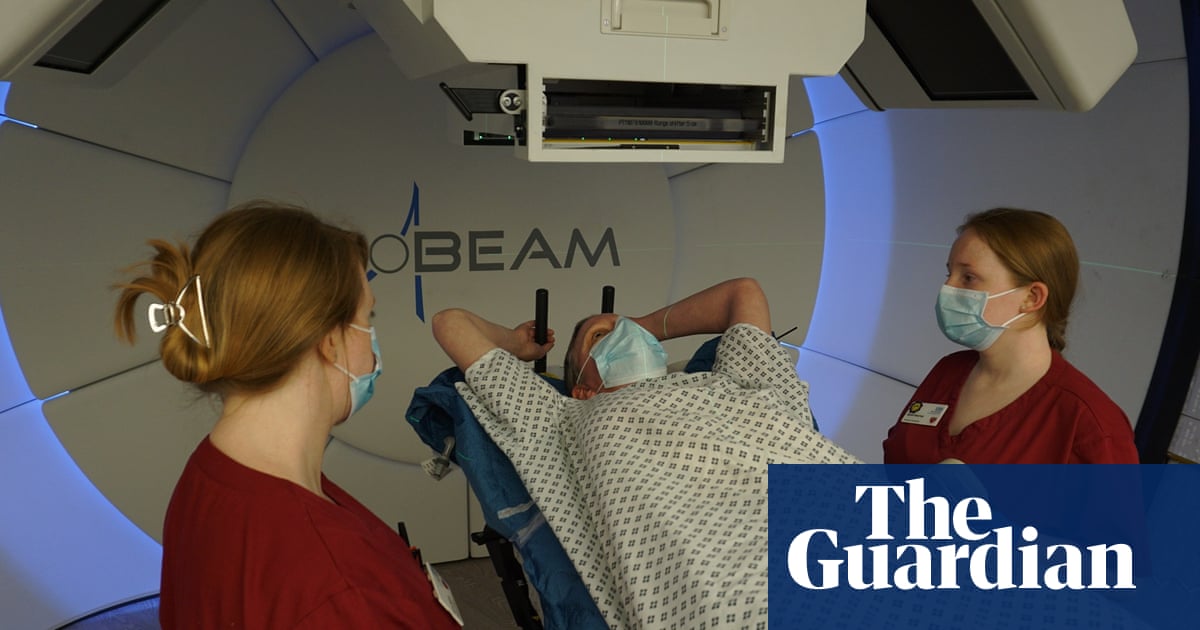
Two of the first human patients to be treated with a revolutionary therapy that engineers immune cells to target specific types of cancer still possess cancer-killing cells a decade later with no sign of their illness returning.
The finding suggests CAR T-cell therapy constitutes a “cure” for certain blood cancers, although adapting it to treat solid tumours is proving more challenging.
CAR – chimeric antigen receptor – T-cell therapy works by genetically engineering an individual’s T-cells to recognise and destroy cancer cells.
T-cells are a type of white blood cell that can recognise and destroy foreign cells, including cancer cells, but because cancer is very good at evading immune detection, they often miss their mark. CAR T-cells are engineered to make them better at detecting cancer cells.
In the UK the therapy is approved for use in children and young adults with B-cell acute lymphoblastic leukaemia (ALL) and adults with certain types of lymphoma – both are blood cancers.
In trials, CAR-T therapy has been extraordinarily successful, putting patients into remission who had months to live, but the long-term effects had not been extensively studied.
Now, Prof Carl June, at the University of Pennsylvania in Philadelphia, and colleagues report in Nature how cells from two of the first patients to be treated are faring 10 years on. Both patients were suffering from chronic lymphocytic leukaemia when they had CAR-T therapy in 2010, and achieved complete remission within months of treatment, meaning all signs and symptoms of their leukaemia disappeared.
They remain cancer-free today. One of the patients, Doug Olson, said he had taken up running half-marathons after his treatment. When the researchers examined the patients’ blood, they could still identify CAR T-cells that were capable of proliferating and killing cancer cells, as well as others that help to shape immune responses.
“We call these cells a living therapy, but it was a big surprise to us that they are still able to kill cancer cells 10 years after infusion,” June said. “We can’t say whether every last cancer cell was gone within three weeks [of treatment], or it could be that they keep coming up like whack-a-mole and then get killed, but we know that these [CAR T-cells] are on patrol. They persist and they are functional.”
Prof Martin Pule, the director of the UCL Cancer Institute CAR T-cell programme, described the paper as a landmark. “A decade ago, CAR T-cell therapy was a therapeutic approach explored by a very small number of scientists and was considered a fringe approach and unlikely to work,” he said. “This paper shows us that CAR T-cells can give patients with cancers which no longer respond to chemotherapy remissions which last a decade.”
Prof David Porter, of the University of Pennsylvania, who was involved in the research, said the team had been unprepared for how successful it would be. “Cancer doctors don’t use words like ‘cure’ lightly or, frankly, very often. But we now have patients like Doug who haven’t relapsed, and we really believe that we can start to use the word ‘cure’.”
CAR-T therapy does not work for all patients or for all types of cancers. It is also labour-intensive and expensive, although June said the costs would come down.
Pule said: “Solid cancers are harder to treat with CAR T-cells because they surround themselves with proteins and cells which shield them from the immune system. This is called the ‘tumour microenvironment’. We know that CAR T-cells can work well against solid cancer. For example, [we] have shown that they are active against solid cancers like neuroblastoma; however the CAR T-cells are overwhelmed by the microenvironment.”
Second-generation T-cells, engineered to recognise the tumour and resist the microenvironment, are being tested in clinical trials, including one in leukaemia patients at UCL.












